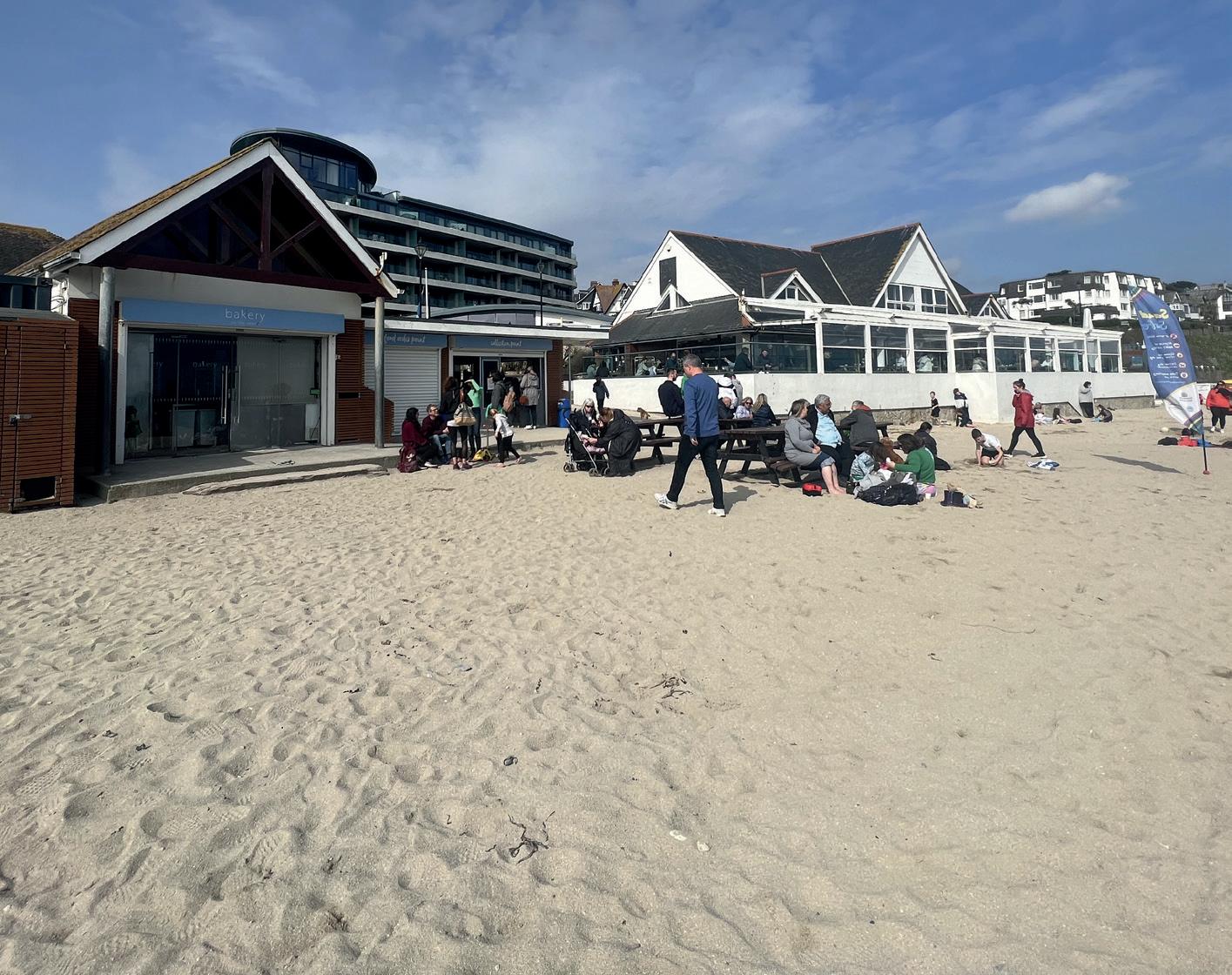
2 minute read
creativescreate create Let the
It’s a common problem us creatives face - being in the final meeting for a marketing project (and let’s not undercook this, this could be after weeks of work) presenting creative concepts to the last members of management we need that all-important approval from; only for them to modify the idea at the eleventh hour.
Usually, this is to ensure that the work isn’t too risky, “out there” or, to be frank, new. Fair enough, it’s an attractive mindset - after all no one has ever been sacked for playing it safe. So, if it’s such a common and understandable occurrence, why do we allow great ideas to die in the boardroom?
Say your business commissions an outside resource, an individual or a team, for some creative support. This could be graphic design, a digital campaign, a film - basically any kind of creative. You have decided to look outside your inner circle to connect with expertise, experience, fresh perspective and different ideas.
That they are working from the outside looking in is the important part. They will not have had their thinking defined by your business’ history. “This is how we’ve always done it!” will not be clouding their creativity. “Jeff in the Truro store won’t like that” will not be their default friction point.
At the core of this dynamic, professional creatives will almost always approach your business problem with human solutions. They are likely empaths and will have their thinking defined by your brief plus their understanding of your customer groups. Their professional day to day is to interpret your customer’s world by articulating your services to them creatively and compellingly - all within context of the problem they have been asked to solve.
Why do we allow great ideas to die in the boardroom?
Let’s look at the famous Avis car hire story, the original human solution campaign, as an example. In the early 60’s Avis were trailing Hertz in the world’s first car wars saga. Their breakthrough creative moment was to recognise that they simply weren’t number one in their market, reflecting this in their copy through the now iconic line “We try harder”.
underdogs put in more work than those already seated at the top table.
Again, it’s the humanity that drives the appeal, and this is true regardless of what you’re trying to sell. I’m not sure who proposed the idea of renaming the Cornish King Crab (sorry to that genius, I should have done my research) but wow, do they sound way tastier than eating a spider!
So, let’s rewind back to the creative work presentation in front of our fictitious management team. As we’ve found, the creative professional is offering the business thinking that disregards accrued circumstance. They are connecting a business’ story with their customers in the way they believe to be the most engaging. Presumably the creative was hired based on the strength of their portfolio - something clearly resonated for them to get this far!
Trusting that gut reaction and meeting the creative halfway is the secret to a great, memorable campaign.
This is an involved process, not just a single sales-boosting conversation. Go on the journey with them, listen to pitches, workshop and evolve ideas alongside them to allow that fresh perspective towards your business to shift your own.
The creative professional - wide-eyed, engaged and excited - brings an inquisitive mind to your marketing challenge. They will no doubt look at your product, your services, your outputs, methods and customer group from a fresh angle that generates fresh thought processes.
You can still practically feel the stunned silence as this creative treatment was tabled in that ego and testosterone-fuelled 60’s boardroom. A refreshingly honest and vulnerable response to a market positioning problem that recognised an attractive psychological truth - well-motivated
Creatives occupy a unique middle ground between customer focus group and veteran employee, but are still nothing without the contribution of the businesses that employ them. Work together to deliver a vision, leave space in your diary to get involved with them










